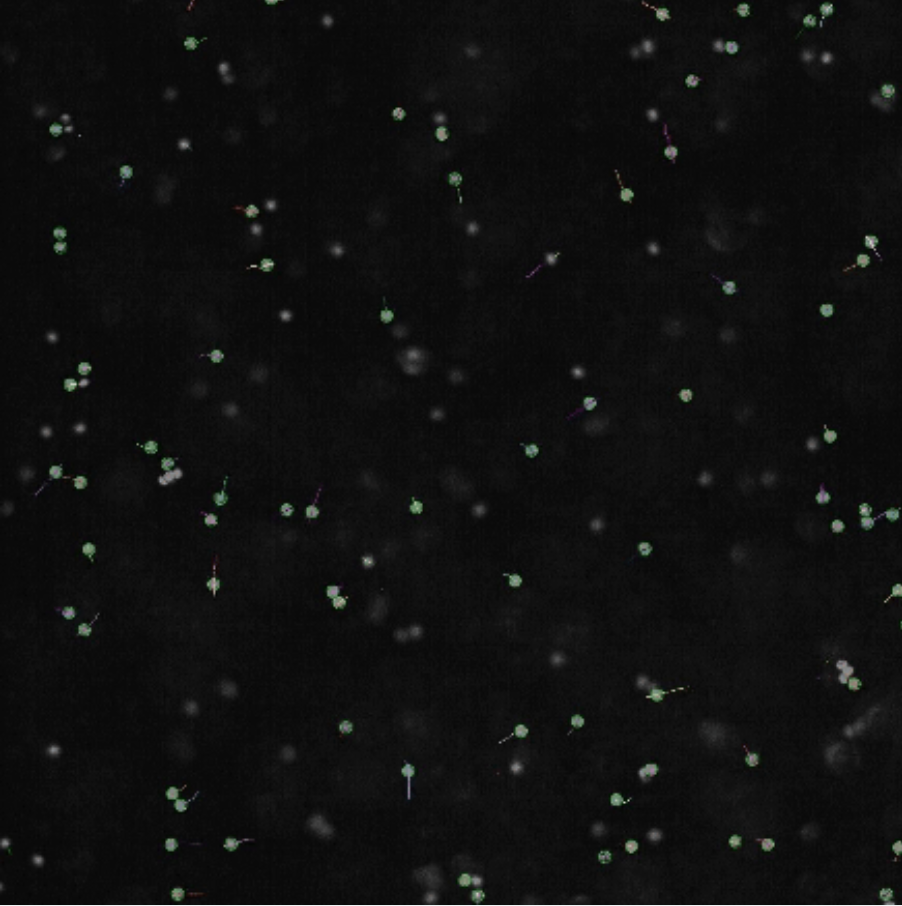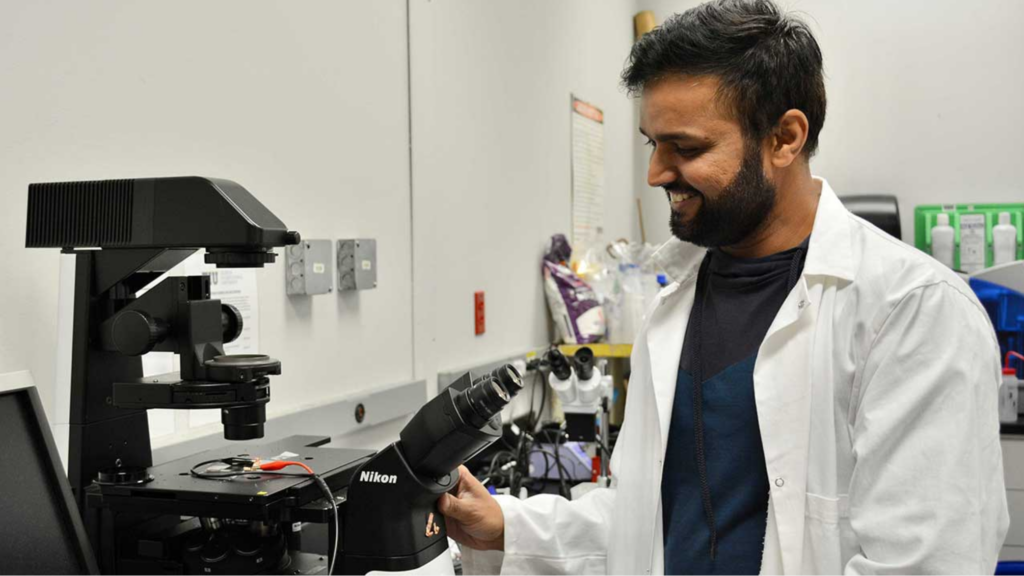
Researchers from Florida International University (FIU) and Colorado Mesa University will leverage the International Space Station (ISS) National Laboratory to explore the potential of tiny particles engineered to extract and use energy from their surroundings for self-propulsion.

Media Credit: Image courtesy of Alicia Boymelgreen
These particles, called active colloids, could lead to valuable innovations, ranging from targeted drug delivery and disease screening to improved water desalination and cutting-edge photothermal therapies to treat cancer and other diseases.

This U.S. National Science Foundation-funded project will delve into the behavior of active colloids within liquid and gel mediums. Scientists engineered these microscopic powerhouses to give them self-propulsion capabilities. The collective self-movement of the particles is reminiscent of group movement in nature, such as behaviors akin to flocks of migrating birds or schools of fish. By using the space station’s microgravity environment, the research team can dissect particle movement without interference from gravity-driven forces like buoyancy and sedimentation.
The experiment will take place within a Space Tango CubeLab onboard the space station. Boymelgreen’s team, which includes co-principal investigator Jarrod Schiffbauer, a physicist with Colorado Mesa University, will combine microgravity experiments and theoretical modeling to gain a better understanding of active colloid transport.
The absence of gravity-induced settling allows the researchers to measure particle mobility in bulk, providing valuable insights to inform theoretical models and elucidate the complex dynamics of active matter. Results from this investigation will advance our fundamental understanding of thermodynamics and the physics of group behavior in living systems on Earth. Results also have the potential to ignite advancements in colloidal assembly, a field with promising applications both in space and on Earth.
This project is slated to launch on Northrop Grumman’s 21st Commercial Resupply Services mission, contracted by NASA, no earlier than 11:28 a.m. EDT on August 3, 2024. This mission, launching from Cape Canaveral Space Force Station, will include more than 20 ISS National Lab-sponsored payloads.
“Our goal is to explore the full potential of active colloids and pave the way for their use across vital domains such as water, medicine, and energy,” said project leader Alicia Boymelgreen, a mechanical engineer and assistant professor at FIU. “By exploring their behavior in microgravity, we have a chance to understand how these objects can be driven, how they move, how we can control their movement, and also how we can control their interactions. These insights could lead to advancements that will shape their use in the future.”
